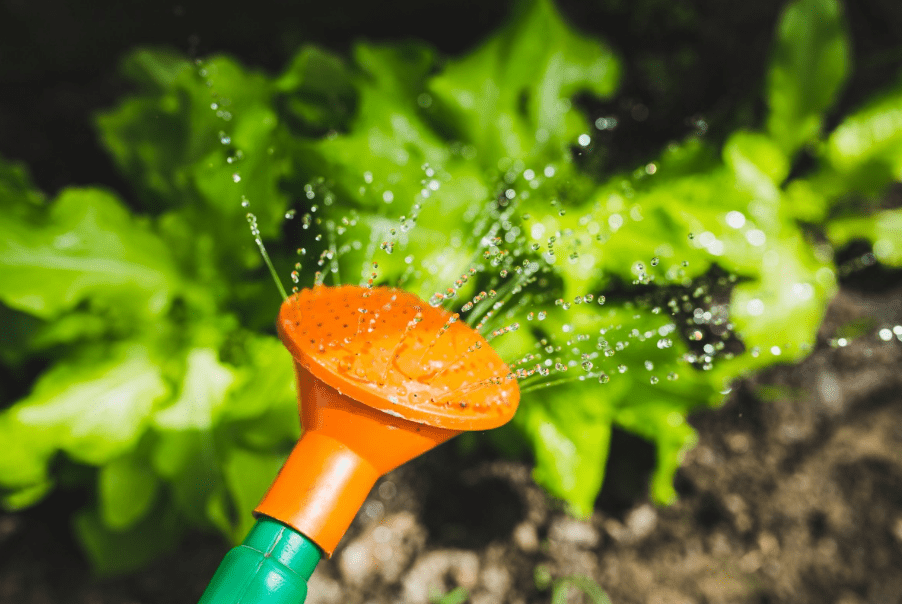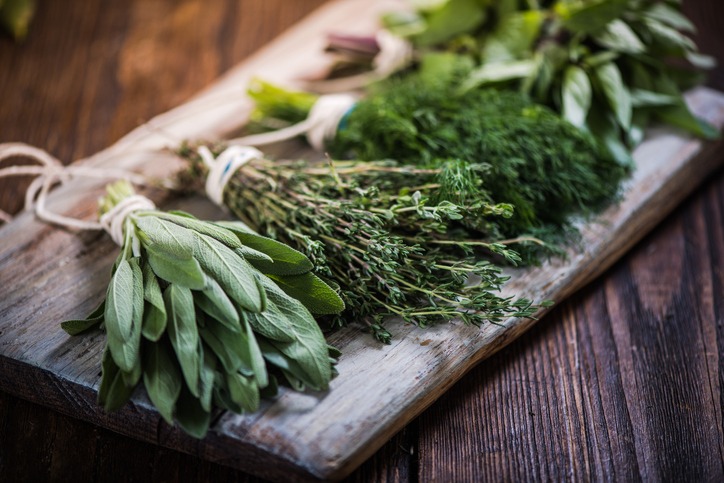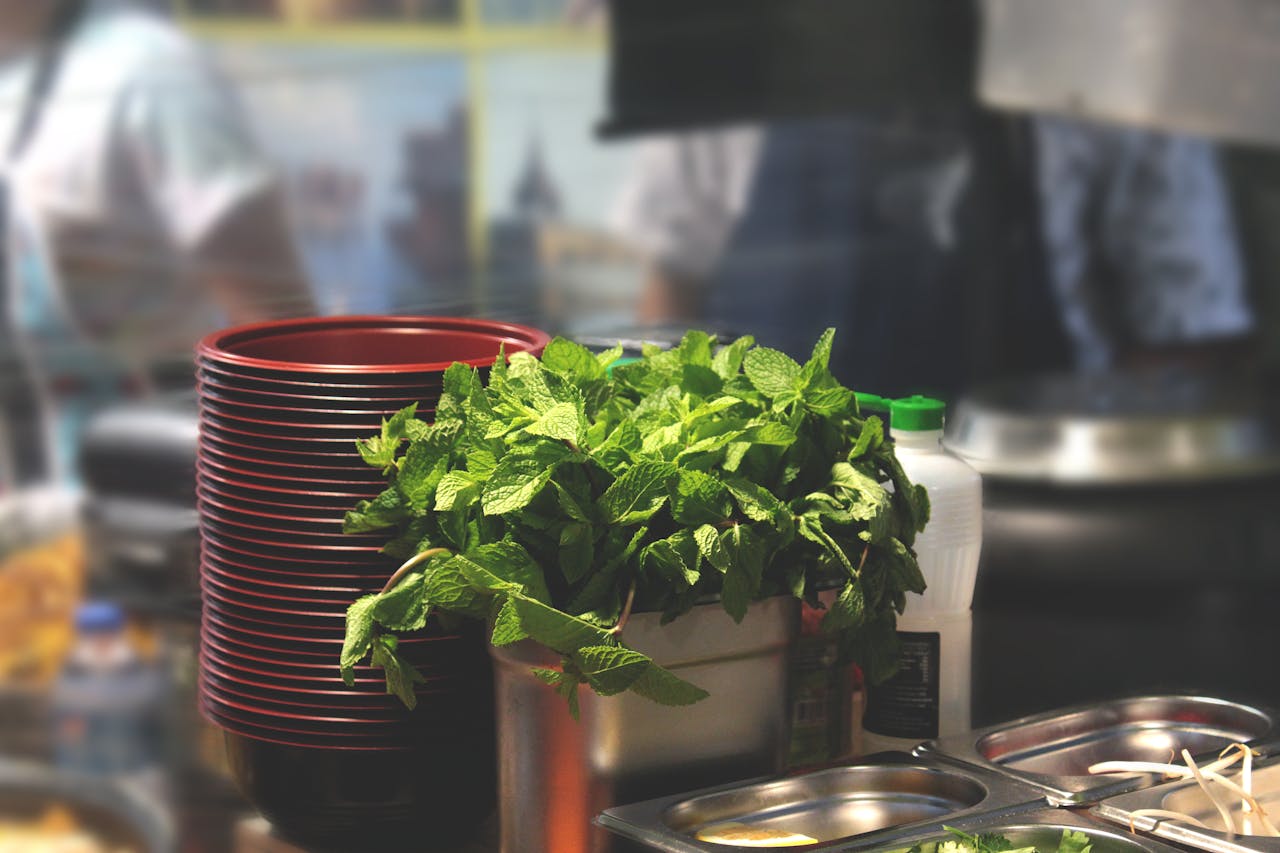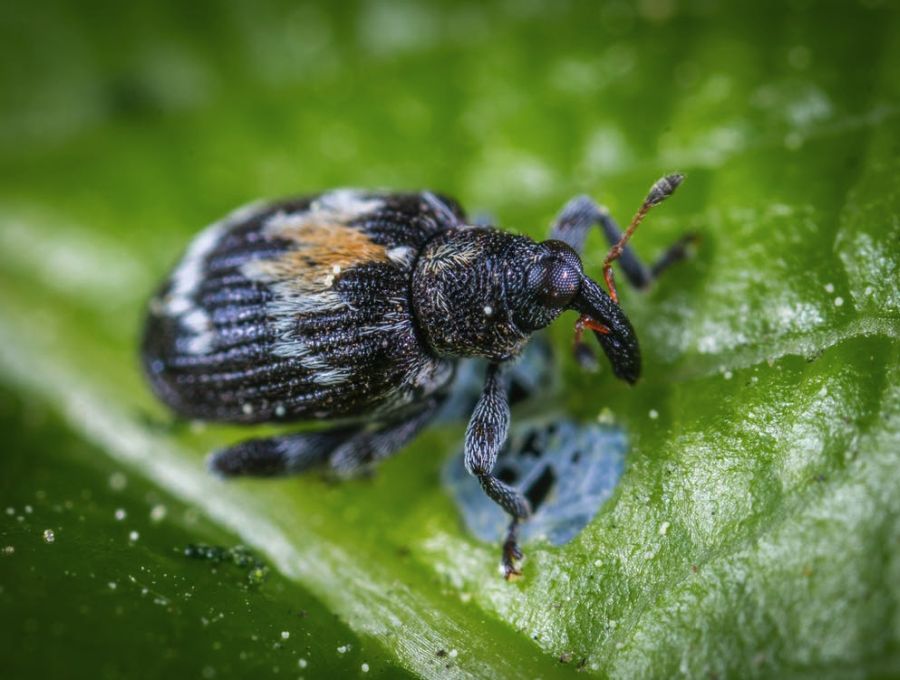How to Winterize Plants in Pots: Essential Tips for Cold Weather
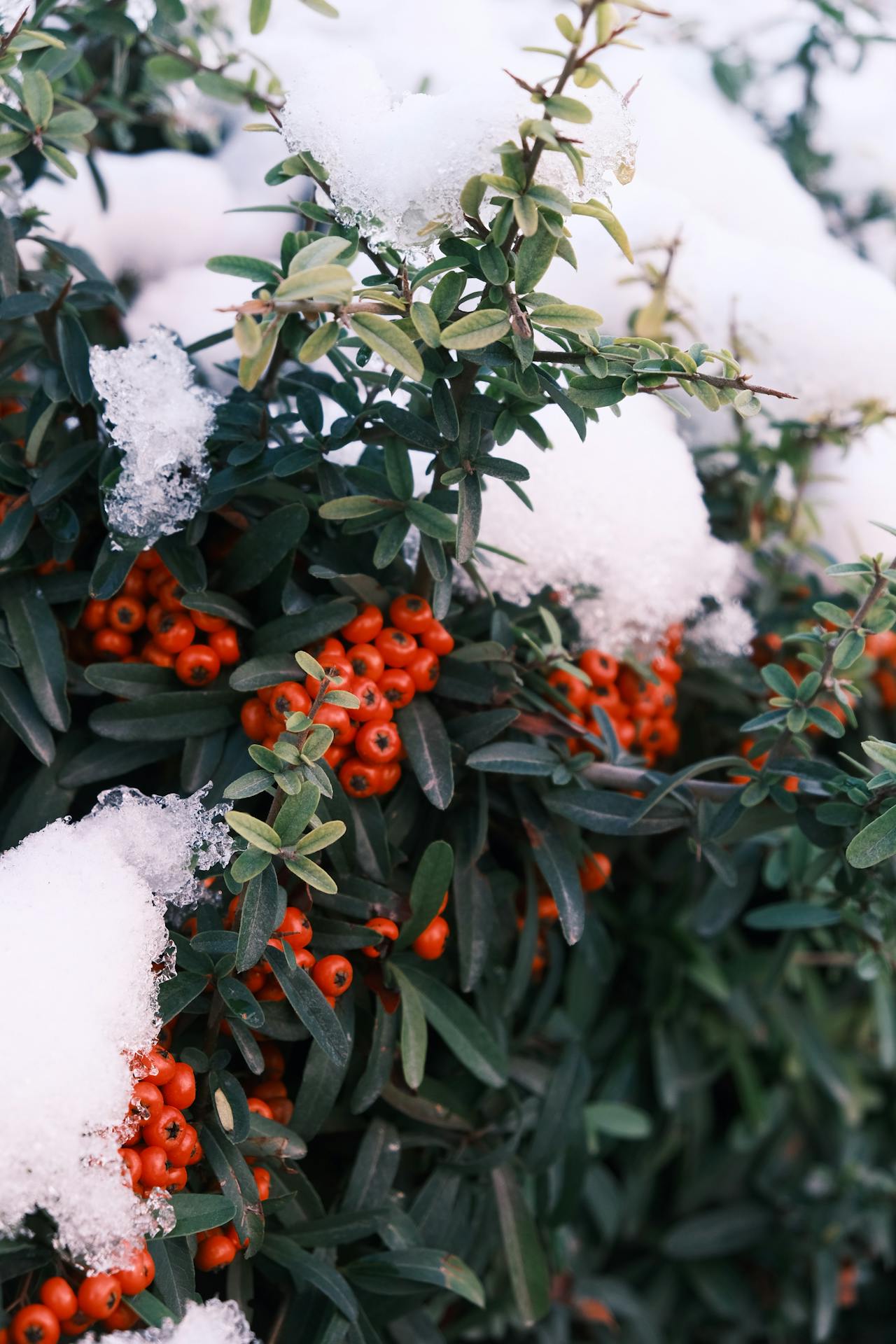
As the days grow shorter and temperatures begin to dip, it’s time to start thinking about how to protect your potted plants from the challenges of winter. Whether your container garden includes cherished perennials, decorative evergreens, or tender tropical plants, taking the right steps to winterize them can mean the difference between thriving greenery and frostbitten casualties.
Potted plants are particularly vulnerable in winter because their roots are more exposed to temperature swings than plants in the ground. The good news is that with a bit of preparation and care, you can give your plants the protection they need to survive—and even flourish—through the cold months.
This guide will walk you through every aspect of winterizing potted plants, from selecting the right pots and plants to adjusting your care routine and creating insulated shelters. By following these tips, you’ll set your plants up for success when spring returns.
Timing Your Winterization Efforts
Timing is critical when it comes to winterizing potted plants. Start preparing them for the colder months at least 4-6 weeks before the first frost. This gives your plants ample time to adjust to the changing conditions and ensures they’re ready for the challenges ahead.
Pay attention to local frost dates—these can vary depending on your location. Checking weather forecasts regularly can help you predict when frost will arrive. Nighttime temperatures consistently dipping below 50°F (10°C) are often a signal that it’s time to begin the winterization process.
Gradual preparation is key. Abrupt changes can stress your plants, particularly tender varieties. Start by moving delicate plants into more sheltered areas or indoors on nights when temperatures are especially low. For plants that will remain outdoors, begin reducing watering and stop fertilizing to encourage dormancy. This step is essential because active growth during winter makes plants more susceptible to cold damage.
By starting early and acting gradually, you’ll protect your plants and reduce the workload as winter approaches.
Choosing Cold-Hardy Plants for Winter
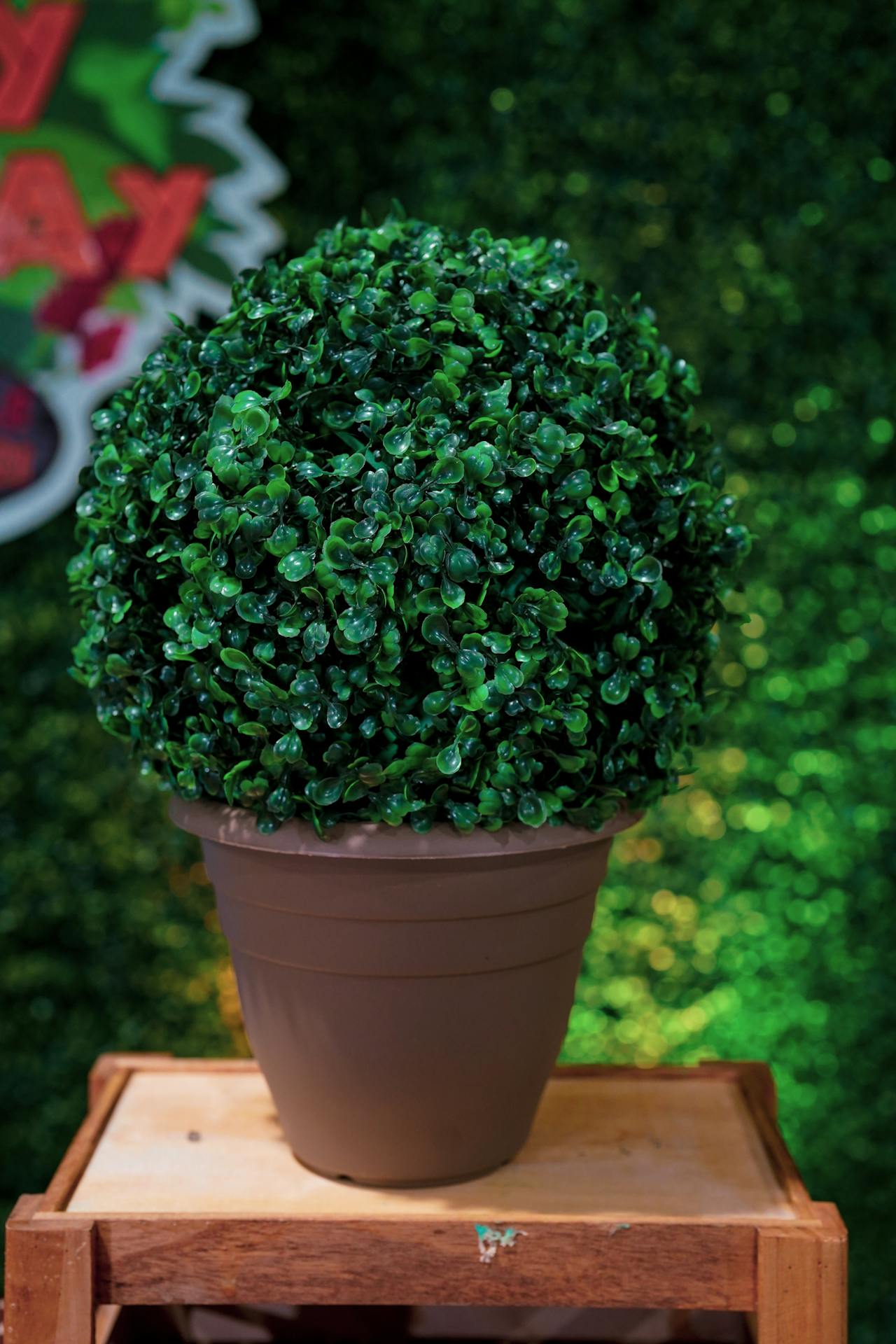
Not all plants are equipped to survive the winter outdoors, especially in containers. For success, it’s essential to select cold-hardy plants suited for your local climate and container gardening.
Look for plants rated for two USDA hardiness zones colder than your region. These plants are better equipped to handle temperature fluctuations and freezing conditions.
Recommended Plants for Winter Containers:
- Evergreens: Plants like Japanese yews, boxwoods, and blue spruces are ideal for year-round greenery. These hardy shrubs provide visual interest even during the coldest months.
- Cold-Tolerant Perennials: Varieties like lavender, sedum, and heuchera are well-suited for containers and can survive winter with minimal protection.
- Herbs: Surprisingly, some herbs like thyme and rosemary can tolerate light frost. With proper care, they can continue to provide fresh flavors throughout the winter.
For annuals and tropical plants, which are more sensitive to the cold, consider bringing them indoors or treating them as seasonal decorations. These plants often require warm, stable conditions that outdoor winter environments can’t provide.
Selecting Frost-Resistant Pots
The type of container you use is just as important as the plants themselves. Some pots are better suited for winter weather than others, and choosing the right materials can help protect your plants’ roots.
Avoid porous materials like terra cotta or ceramic. While these pots are aesthetically pleasing, they’re prone to cracking when water seeps into the material and freezes. Instead, opt for frost-resistant containers made of plastic, wood, or composite materials. These are less likely to crack and provide better insulation for plant roots.
Bigger is better when it comes to winter pots. Larger containers hold more soil, which provides insulation and stabilizes temperature fluctuations. Small pots are more vulnerable to quick freezing and thawing, which can damage roots.
If you already have porous pots and don’t want to replace them, there are workarounds. Apply a water-resistant sealant to the exterior to reduce moisture absorption. Alternatively, double-pot your plants by placing the porous pot inside a larger, frost-resistant container and filling the space between with insulating material like straw or bubble wrap.
Insulating Potted Plants
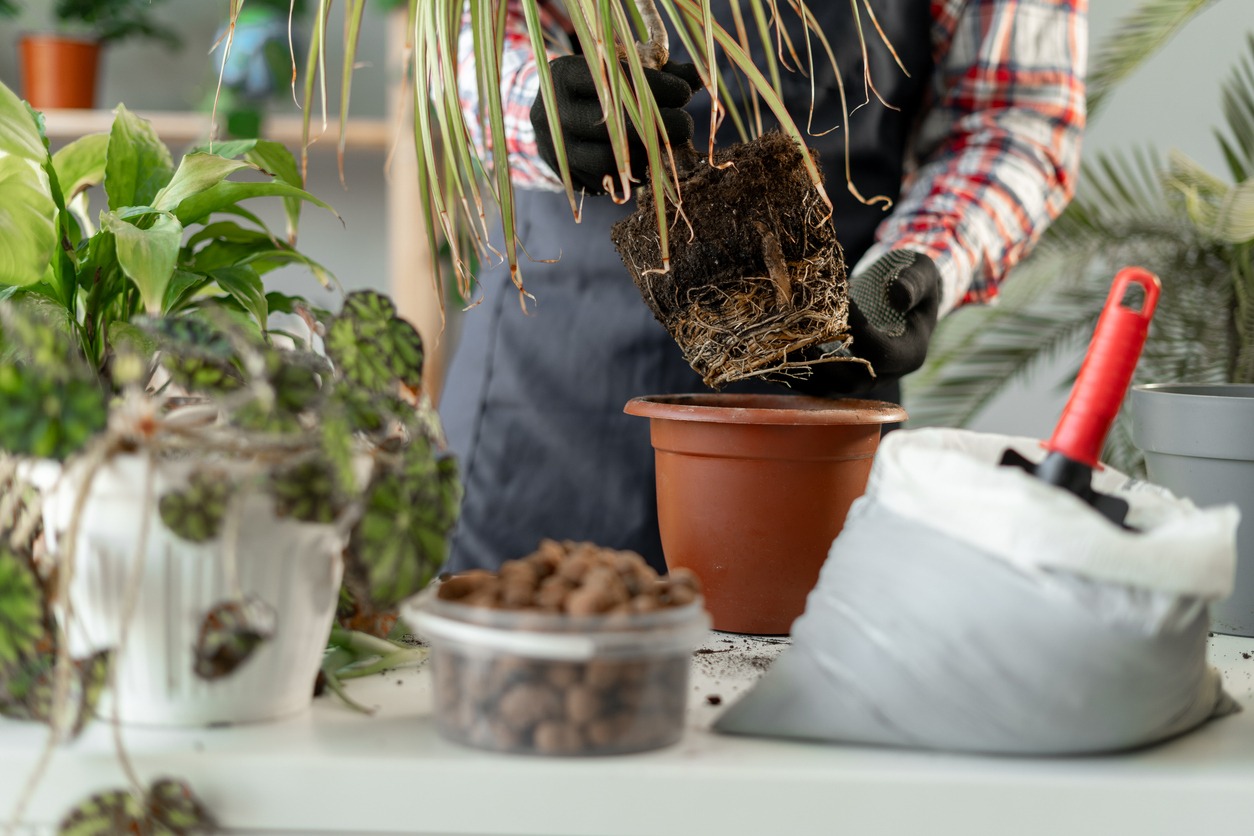
Once you’ve selected the right plants and containers, insulation becomes your next line of defense. Insulating your pots can prevent root damage caused by freezing temperatures and temperature fluctuations.
How to Insulate Your Plants:
- Wrap the Pots: Use burlap, bubble wrap, or old blankets to cover the outside of the containers. This traps heat and shields the pots from direct exposure to cold air.
- Add Mulch: Cover the soil surface with mulch, such as straw, bark, or shredded leaves. This helps retain warmth and reduces evaporation, keeping roots insulated.
- Line the Inside of Porous Pots: For materials like terra cotta, line the interior with foam insulation or fabric to reduce the risk of cracking.
- Group the Pots: Placing pots together creates a microclimate where plants can share warmth and shelter each other from wind.
For additional protection in regions with severe winters, bury your potted plants in the ground up to the rim. The surrounding soil acts as natural insulation, safeguarding roots from extreme cold.
Sheltering Containers From the Elements
Sheltering your plants is about more than just keeping them warm—it also protects them from wind, snow, and excessive moisture, all of which can be damaging.
Relocate your pots to sheltered areas like:
- Near a south-facing wall, where they can benefit from radiant heat during the day.
- Under a deck or porch, where they’re shielded from precipitation.
- In an unheated garage, where temperatures remain above freezing but aren’t too warm for dormancy.
When clustering pots, place hardier plants on the outer edges and more delicate ones in the center. This arrangement offers added insulation and wind protection. Cover the group with a tarp or frost cloth for an extra layer of defense, but ensure there’s enough airflow to prevent mold or mildew.
Proper Winter Watering Techniques
Watering during winter is a delicate balance. Dormant plants need far less water, but they can’t be allowed to dry out completely. Moist soil provides insulation and prevents roots from becoming brittle.
Water only when the soil feels dry. In most cases, this means checking soil moisture every two to four weeks. Water on days when temperatures are above freezing, and use just enough to moisten the soil lightly. Overwatering can lead to root rot, especially in pots with poor drainage.
For plants sheltered in garages or enclosed spaces, monitor moisture levels more frequently, as these environments may dry out soil faster than outdoor conditions.
Avoiding Fertilization and Pruning
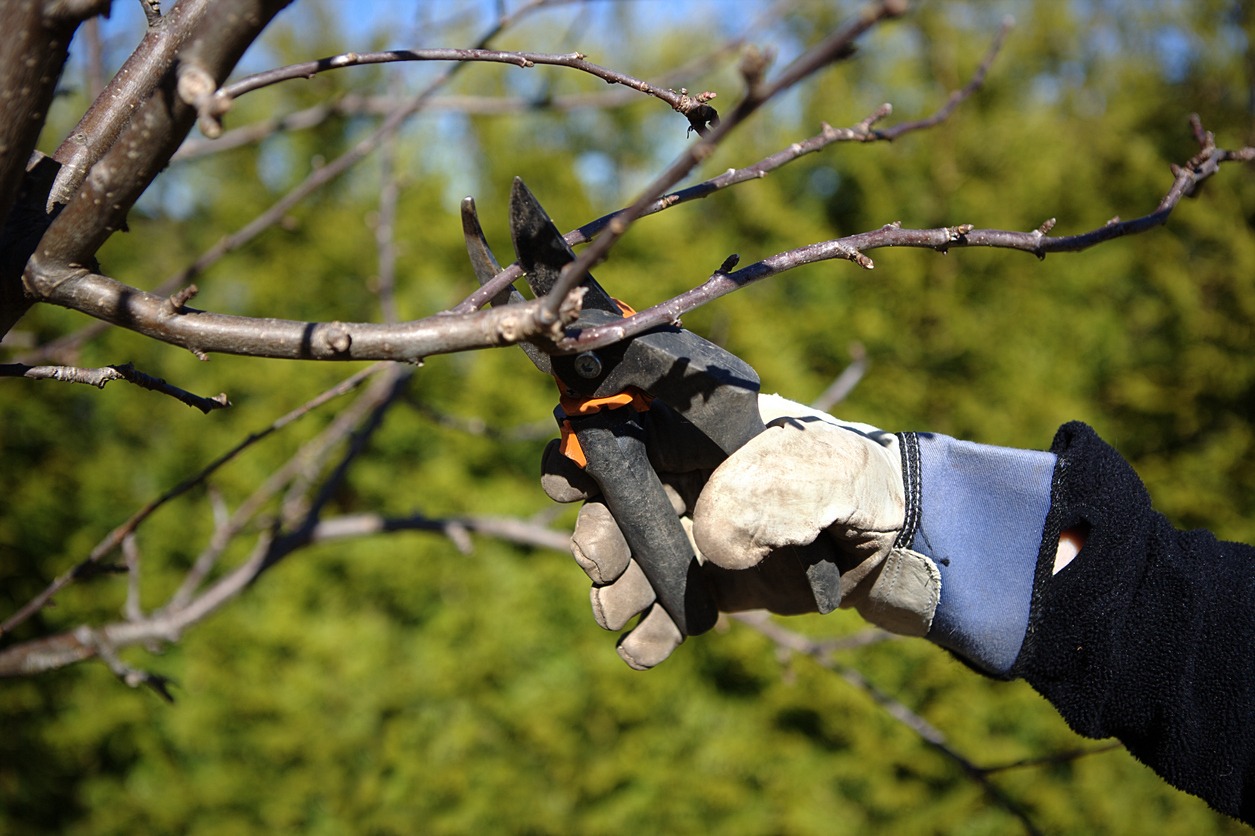
Winter is a time for plants to rest, and fertilizing or pruning during this period can do more harm than good. Fertilizer encourages new growth, which is highly vulnerable to freezing temperatures, while pruning removes natural barriers that protect plants from the cold.
Stop fertilizing by late summer to allow plants to enter dormancy. Avoid pruning altogether until early spring, when the risk of frost has passed. This way, you ensure your plants remain as stress-free as possible during winter.
Moving Plants Indoors Safely
For tender plants that can’t survive outdoors, moving them indoors is essential. However, the transition needs to be gradual to minimize stress.
Steps for Moving Plants Indoors:
- Acclimate Slowly: Begin by bringing plants indoors at night and placing them back outside during the day. Gradually increase their time indoors over a week.
- Inspect for Pests: Check leaves, stems, and soil for insects or diseases. Wipe leaves with a damp cloth and treat pests before bringing plants inside.
- Adjust Lighting: Indoor lighting is typically weaker than outdoor sunlight. Place plants near south-facing windows or use grow lights to mimic natural conditions.
- Monitor Humidity: Most indoor environments are drier than outdoor air. Consider using a humidifier or placing a tray of water near plants to increase moisture.
Bonus Tips for Extreme Climates
For gardeners in particularly cold regions, extra measures can help:
- Use Frost Cloth or Garden Fabric: These materials provide lightweight, breathable protection against frost while allowing light and air to reach plants.
- Create a Cold Frame: A simple wooden frame covered with plastic sheeting acts as a mini greenhouse, protecting plants from snow and wind.
Conclusion
Winterizing your potted plants may seem like a lot of work, but the rewards are well worth the effort. By taking the time to prepare your plants properly, you can ensure their survival through even the harshest winters. From choosing the right containers and plants to insulating pots and adjusting care routines, every step contributes to their resilience.
Start your preparations early, follow these tips, and look forward to a thriving container garden come spring. With a little planning, your plants can endure winter’s challenges and emerge stronger, greener, and more beautiful in the seasons ahead.

